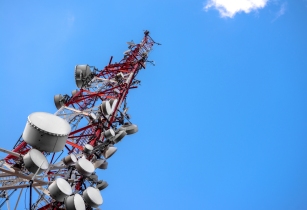An overview of UMTS technologies, which connect the continent at relatively low energy usage and operational costs
Mobile telecommunications network base stations are the nodes of any mobile system, the points of signal intersection and the points from which signalling branches
out. Base stations provide coverage over a closely-defined area, operating at very low transmission strengths, ranging from 10 to 50 Watt.
Areas covered by base stations are not all the same size, varying from a few hundred metres in city centres to several kilometres in rural areas. Often, universal mobile telecommunications system (UMTS) networks cover markedly small distances as UMTS uses very low transmission power. UMTS specifies the universal terrestrial radio access network (UTRAN), which is composed of multiple base stations, possibly operating different air interface standards and at differing frequencies.
There are less than 60 UMTS networks in Africa at present, but they are spread around the continent. The most notable operating enterprises include Airtel Africa, Etisalat, MTN, Ooredoo, Orange and Tigo. Airtel provides UMTS services in Burkina Faso, Chad, Ghana, Kenya, Madagascar, Nigeria, Rwanda, Sierra Leone, the Seychelles, Tanzania, Uganda and Zambia.
Read the rest of the article on page 22 of the latest issue of Communications Africa http://www.communicationsafrica.com/magazine/current-issue






















